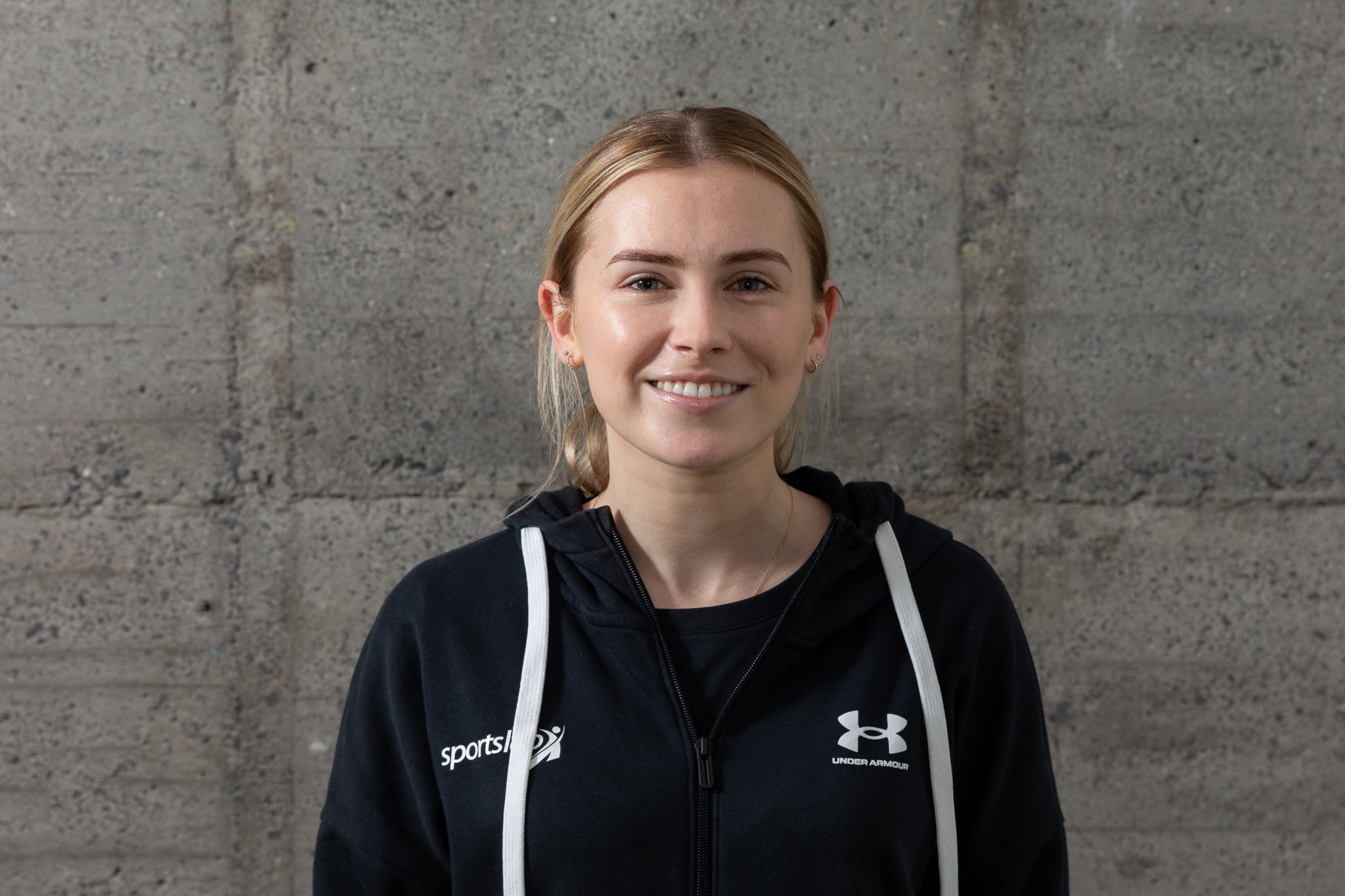Podiatry- What in the World Made You Want to Do That?
When telling people what I do for a career I’ll be impressed if they don’t confuse it for paediatrics, let alone if they’ve even heard of it. Something I’ve come to realise is just how misunderstood the podiatry profession really is.
I first realised this about 1 month before I applied to study it. Having always had a strong interest in human anatomy I initially thought of becoming a physiotherapist as this was the obvious option. To learn more about the degree I went along to an information evening at the university. After the talk had finished up I went to leave and head home but instead was involuntarily escorted to hear the podiatry talk (they needed to make up the numbers). I had heard of podiatry before but like many others had associated it with old peoples’ feet. Within 2 minutes of listening, I found out that it was a lot more than that and was particularly surprised that they treated sports injuries that I’d previously had and struggled with.
So, it turned out that anatomy and biomechanics is a massive part of what podiatry can be, this branch is often called sports podiatry and it’s what I work in now. As opposed to being a physio and learning about the whole body, podiatrists specialise in the lower limb. We are able to assess, diagnose and treat ‘normal’ injuries such as sprains and tendinopathies. We also have a heavy focus on human gait, learning how to assess and influence someone's biomechanics when appropriate. For this reason, we are often referred to when an injury (hip, knee etc.) is suspected to be as a result of how someone is moving or the shoes they’re wearing, not just when they have foot pain. Having this multidisciplinary approach is a strong focus at Sports Lab as being able to draw on everyone’s strengths and knowledge helps to facilitate a well-rounded management plan.
On the first day of university our class was told to write down why we chose to study podiatry, the reason being that we would be asked this question for the rest of our working life. They were absolutely right about this and I think that stems from people's misunderstanding or lack of exposure to what we can do. My answer has always stayed the same, and it’s that I grew up doing ballet- that usually explains it. I had my fair share of injuries and they were all lower limb so I know how frustrating it is when you’re not able to do what you want to do, or have to suffer through discomfort whilst doing it.
No, feet aren’t particularly glamorous to work with, but they are so important for both daily function and many people's passions and hobbies. Whether it’s helping to resolve something acute or delving into why someone is getting a recurrent injury, the satisfaction of achieving this far outweighs any negatives of working with feet and even the continual confusion and judgement from others.
Loren Abel is a talented Sports Lab Podiatrist with a strong interest in biomechanics and movement. As a lower limb specialist she integrates nicely into the multidisciplinary team here at the Lab.


